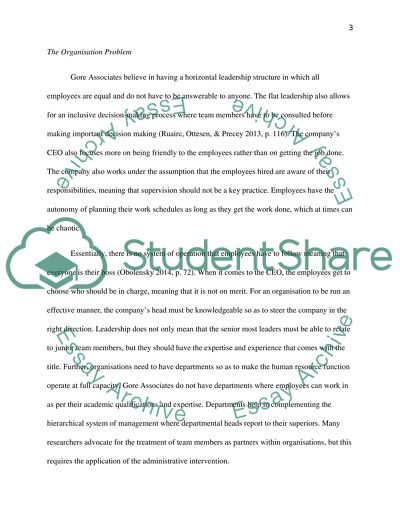Cite this document
(“Organisation Design &Organisation Development Assignment”, n.d.)
Retrieved from https://studentshare.org/human-resources/1699467-organisation-design-organisation-development
Retrieved from https://studentshare.org/human-resources/1699467-organisation-design-organisation-development
(Organisation Design &Organisation Development Assignment)
https://studentshare.org/human-resources/1699467-organisation-design-organisation-development.
https://studentshare.org/human-resources/1699467-organisation-design-organisation-development.
“Organisation Design &Organisation Development Assignment”, n.d. https://studentshare.org/human-resources/1699467-organisation-design-organisation-development.


